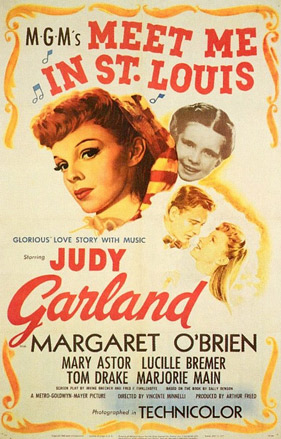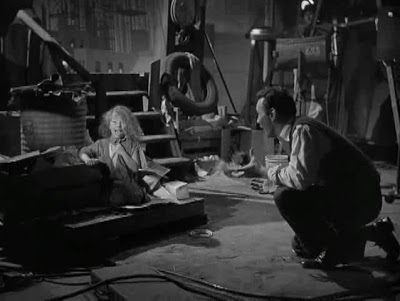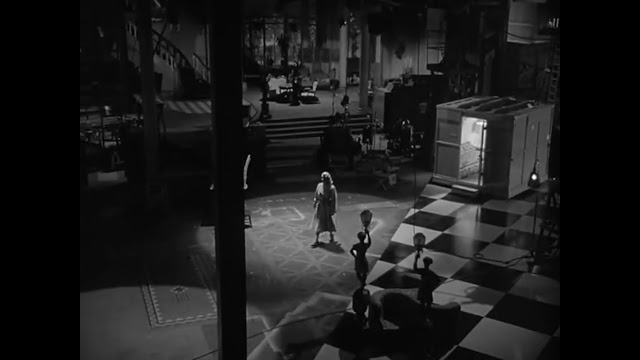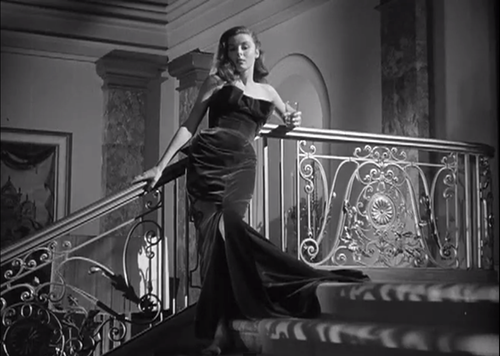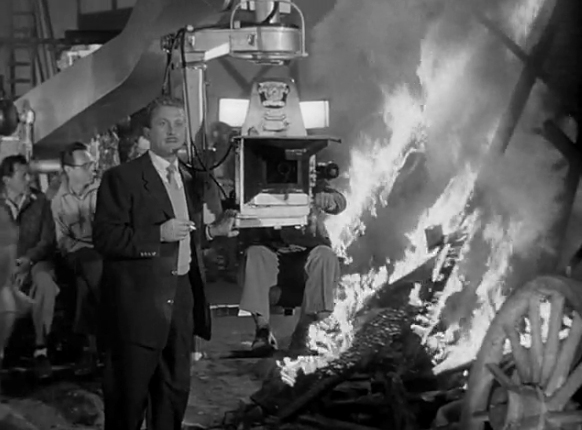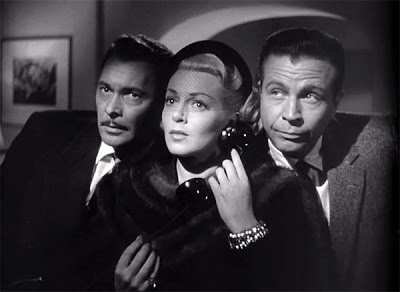Judy by the Numbers: "Look For The Silver Lining"
 Wednesday, June 15, 2016 at 8:00AM
Wednesday, June 15, 2016 at 8:00AM Anne Marie is tracking Judy Garland's career through musical numbers...
 Believe it or not, 1946 actually represented a change of pace in Judy Garland's career. Judy only had three credits to her name that year: one starring role (The Harvey Girls), one cameo delayed by reshoots (Ziegfeld Follies), and one appearance in a biopic (Till The Clouds Roll By). In fact, this change of pace was a conscious choice on the part of Mr. & Mrs. Minnelli. If Judy looks like she's glowing a bit more than usual under those arclights, that's because Judy Garland was pregnant.
Believe it or not, 1946 actually represented a change of pace in Judy Garland's career. Judy only had three credits to her name that year: one starring role (The Harvey Girls), one cameo delayed by reshoots (Ziegfeld Follies), and one appearance in a biopic (Till The Clouds Roll By). In fact, this change of pace was a conscious choice on the part of Mr. & Mrs. Minnelli. If Judy looks like she's glowing a bit more than usual under those arclights, that's because Judy Garland was pregnant.
The Movie: Till The Clouds Roll By (1946)
The Songwriter: Jerome Kern (music), Buddy G. DeSylva (lyrics)
The Players: Judy Garland, Robert Walker, Van Heflin, June Allyson, Lucille Bremer, directed by Richard Whorf & Vincente Minnelli
The Story: Till The Clouds Roll By is a Jerome Kern biopic, which (in the true MGM style) fabricates or glosses over nearly all of the composer's life in favor of a Technicolor musical extravaganza. Judy plays Marilyn Miller, a megawatt Ziegfeld Follies star whose heyday was encompassed the 1920s. At her peak, Miller had had musicals and songs written for her on Broadway, including "Look For The Silver Lining," from Kern's musical Sally. Miller was even beginning to break into Hollywood when illness, substance abuse, and alcoholism forced her into retirement in the early 1930s. Marilyn Miller died in 1936 at age 37, another sad showbusiness story. None of this makes it into the movie, though. Besides, Judy was so focused on the upcoming birth that she may have missed the all-to-prescient warning of the woman she portrayed.
When Garland filmed her two songs for the Jerome Kern biopic, she was already four months pregnant. MGM covered up the pregnancy by fitting her clothes a little looser, and inserting a sink, some dishes (and some dancers' hands) between Judy and the camera. Five months later (nine months before the movie was released) Judy and Vincente welcomed into the world a bouncing baby talent: Liza May Minnelli.




